waiLooking for an ideal tow car? Yes, available power is obviously a key attribute you’ll need to take into consideration. But torque—that all-important rotational force that gets large, heavy objects like passenger vehicles, moving from standstill—is vital when you’re towing. You’ll need plenty of torque to pull the mass attached to the tow ball. The lower down in the rev range peak torque is generated, the better, too.
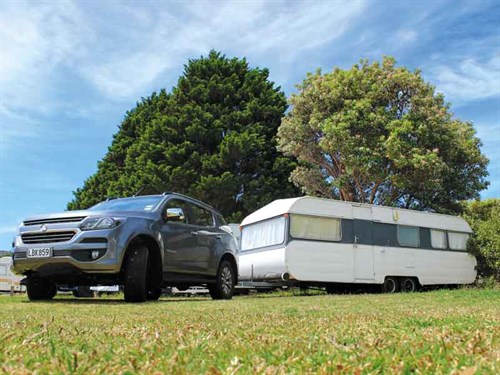
I took a Holden Trailblazer away this summer, which boasts 500Nm of torque, available from 2000rpm. The old Sprite Musketeer caravan we saddled up with was barely noticeable on the back, even though the access road in and out of our holiday spot of choice was pretty sinewy and, at times, vertically challenging.
Mind you, the Trailblazer is fit for purpose. It’s another example of the ‘ute with a boot’ engineering that a variety of manufacturers now offer; well, manufacturers with proven utes in their model line-up anyway.
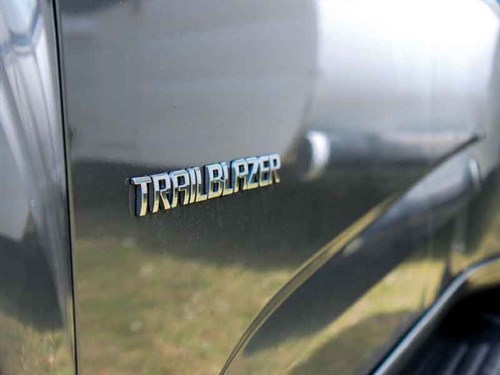
The Trailblazer is actually the recently-reborn Colorado7. As the name suggests (or suggested), the Colorado7 was a seven-seater built on the same ladder chassis underpinnings as the Colorado light commercial ute. New name, same deal.
Carmakers such as Toyota (Hilux/Fortuner), Isuzu (D-Max/MU-X), and Ford (Ranger/Everest) do the same thing, although every manufacturer in the game—Holden included—make serious efforts at improving ride and handling.
Not that the modern ute is a gruff workmanlike vehicle these days to start with, but the Trailblazer and its ilk certainly do well at mixing traditional grunt with car-like ambience.
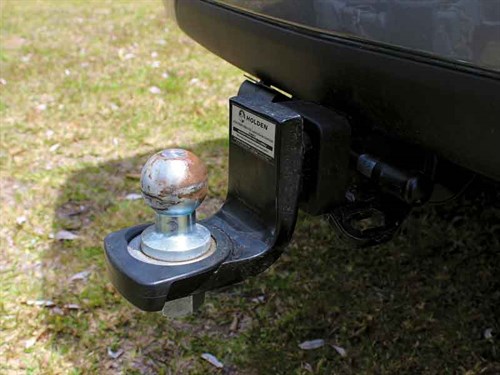
Modern SUVs such as the Trailblazer also come with some pretty clever tech to help with towing tasks. Safety features such as trailer sway mitigation software, which brakes individual wheels in order to help slow and stop that sickening sway motion at highway speeds, are usually standard on vehicles of a certain grade level.
Jaguar Land Rover is even using self-parking technology to its advantage in some of its latest SUV models. Combining auto-steer abilities with 360-degree surround view cameras, the manufacturer’s top-of-the-line models, such as the Discovery and recently-introduced Velar, will essentially back a caravan into place for you.
All that is required are braking and accelerating inputs, but the driver can sit on their hands as this clever system judges the best reversing angle while keeping an eye on any nearby obstacles.
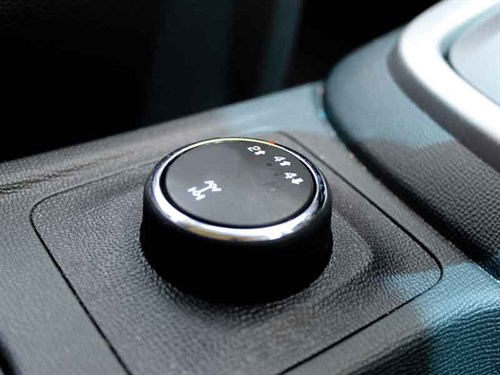
Not all technology designed to keep SUVs like the Trailblazer on the straight and narrow is so ‘near future’ unique, however. Most large-ish SUVs with automatic transmissions designed and manufactured in the last five years will feature safety spec such as hill-start assist software, which will momentarily brake the vehicle on an incline to prevent unintentional roll-back.
Meanwhile, blind spot monitoring software alerts the driver to the presence of vehicles outside of his or her peripheral vision (and is especially handy on multi-lane motorways), while lane departure warning systems can alert the driver to a vehicle wandering off its line. These systems are also a good indicator of potential driver fatigue on longer journeys.
Even backing up to hook your caravan on these days is something of a doddle, thanks to reversing cameras with integrated guidelines, ensuring you remain centred on your approach to the drawbar.
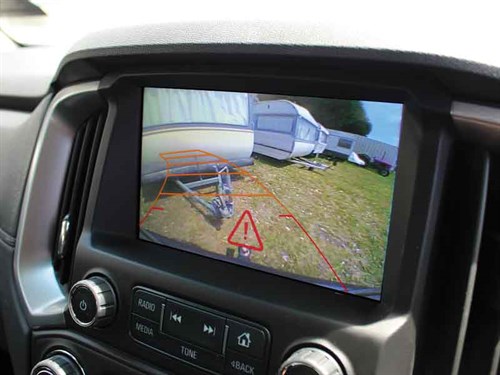
Towing the average caravan or other recreational toy still requires all the concentration, anticipation, and patience the task always has. And lots of torque too, of course. But the hauling abilities and technology present in the current breed of tow vehicle available to holidaymakers can certainly make the journey much less stressful.
Tow vehicle options
Thanks mainly to the dominance of the SUV, there are plenty of worthy tow vehicle options for new car buyers regardless of what it is you’re actually towing. From the smallest tent-carrying garden trailer to the largest 22-foot caravan, almost every manufacturer offers something that will be fit for purpose. Here’s just a small gathering of a few other load-luggers for your consideration.
Toyota Land Cruiser Prado
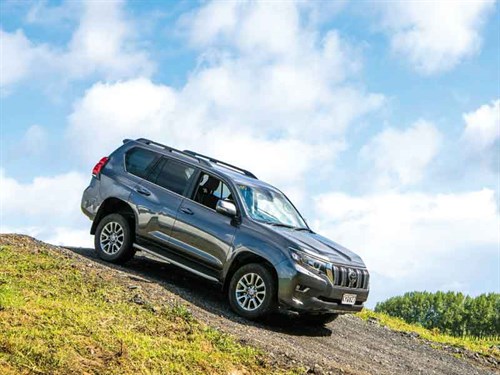
- 2.8-litre four-cylinder turbo diesel (130kW/450Nm)
- 3000kg braked / 750kg unbraked tow rating
- From $70,890
Toyota has recently given its venerable Land Cruiser Prado a facelift, bringing the rugged SUV more into line with its bigger Land Cruiser 200 sibling. Everything forward of the A-pillar has changed, with the old drooping nose design replaced with a much bluffer front end. Whether opting for a GX, VX, or VX Limited, the Prado remains premium practicality personified.
Ford Everest
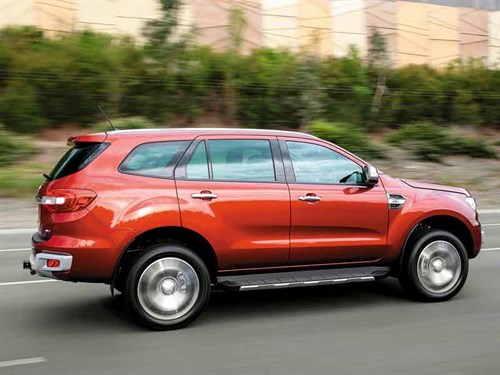
- 3.2-litre five-cylinder turbo diesel (143kW/470Nm)
- 3000kg braked / 750kg unbraked tow rating
- From $72,990
Based on the top-selling Ford Ranger (ladder) chassis, the Everest takes the ‘ute with a boot’ template in perhaps its most refined direction. It ain’t cheap, but then again, the Everest is exceptionally well-kitted out, with room on-board for seven and a true ‘go anywhere’ ride height best suited to the more rugged breed of Aussie-assembled caravan becoming ever more popular on our roads.
Land Rover Discovery
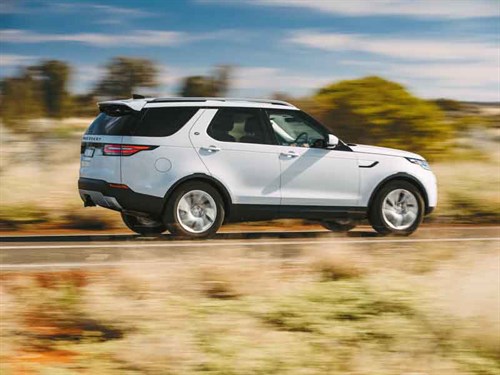
- 3-litre V6 turbo diesel (190kW/600Nm) or 3-litre V6 supercharged petrol (250kW/450Nm)
- 3500kg braked / 750kg unbraked tow rating
- From $114,900
Now into its fifth generation, the contemporary Land Rover Discovery has moved the game on a bit from its utilitarian beginnings. It’s fair to say that the current Disco has more in common with the luxuriously-appointed Range Rover line-up than the workhorse aesthetic it started out with. An impressive mix of comfort technology and genuine off-road nous (it’s a Land Rover after all) make the Disco an impressive beast if you have the budget.
Mazda CX-9
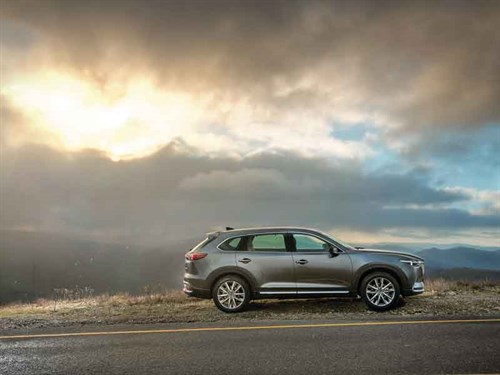
- 2.5-litre four-cylinder petrol turbo (120kW/470Nm)
- 2000kg braked / 750kg unbraked tow rating
- From $54,995
Another seven-seater and one that does much to embarrass many much pricier competitor models. Mazda put some serious effort into upgrading their largest SUV around a year ago and the much-improved CX-9 won a slew of awards as a result. If you’re after a quiet, cosseted ride from a big wagon, then this won’t disappoint, even with a decent-sized boat or caravan trundling along behind.
Hyundai Kona
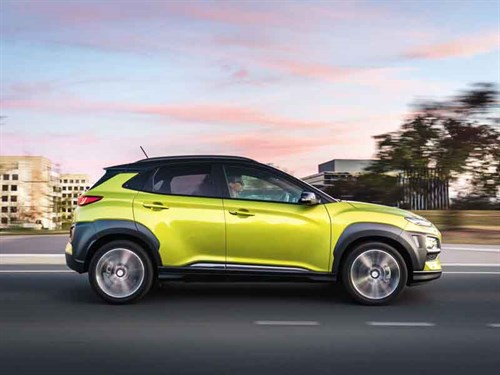
- 1.6-litre four-cylinder petrol turbo (130kW/265Nm) or 2-litre four-cylinder petrol (110kW/180Nm)
- 1300kg braked / 600kg unbraked tow rating (for 1.6-litre AWD model)
- From $31,990
The newest and smallest entry here is also the newest (if not smallest) addition to Hyundai’s impressively expanded model offering. The Kona is a crossover hatchback available as a front-driver or (with a 1.6-litre turbo petrol under the bonnet) as an all-wheel-drive hatchback, which is what will interest most readers. No, you won’t be towing that enormous tandem axle caravan with this, but for a perfectly poised pop-top transporter, the Kona is a sporty option worth investigating.





